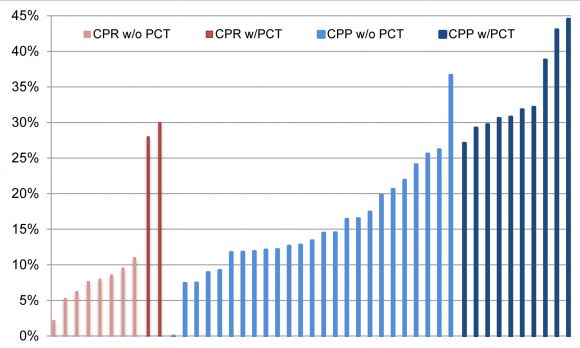Three years ago, while speaking about dynamic pricing for electric utility rates, Ahmad Faruqui, principal of The Brattle Group, declared: “The time has come to stop the pilots. We’ve been doing pilots and little else for 30 years.”
But the pilots keep coming. With government money flowing via the American Recovery and Reinvestment Act of 2009, 10 utilities that received money for smart grid projects from the U.S. Department of Energy also received funds for consumer behavior studies on time-of-use, or dynamic, pricing programs.
The DOE has just released the latest findings of those pilots, some of which are still ongoing. The findings should give more confidence to regulated utilities that are seeking varied pricing options, but in truth, they just reinforce what has already been proven in the industry.
The money has not necessarily been wasted, however. Some of the utilities, including Sacramento Municipal Utility District (SMUD) and Oklahoma Gas & Electric, have always had a long-term plan to move beyond the pilot stage. Their large-scale undertakings show different examples of how to deliver successful programs that charge people more for electricity use at peak times, while often still saving customers money overall.
The DOE will continue to report on the progress of the pilots that are ongoing, but there are a number of key findings that should put certain issues to rest once and for all.
Forget the in-home display: Most of these pilots started years ago, when the idea of in-home displays to show consumers their energy use still seemed like it could be a good idea. By now, stories of the devices going straight into kitchen junk drawers are plentiful. And the DOE has confirmed that “free IHD offers did not make a substantial difference for enrollment and retention rates.” They also did not have a measured effect on reduction of peak demand.
Go with opt-out: “There are overall cost-benefit advantages to using opt-out approaches over opt-in,” the DOE found. Customers might not save quite as much energy as when they’re automatically opted in, but the broad savings across most of a customer class can make up for the difference.
It’s not advisable that customers be arbitrarily entered into a new rate program, however. For example, SMUD puts a significant amount of effort into marketing the program so its customers know what they are getting into. Tools such as bill calculators and comparisons also help.
Go slow and avoid the holidays: Perhaps the most obvious finding the DOE identified as a “key lesson” is to avoid the holiday season from Thanksgiving through the New Year for launching a new program. Utilities that cannot make such consumer-minded decisions on their own should consider hiring a marketing firm.
Even during the rest of the year, it’s important to have a soft launch to work out technical issues and let customers adjust. The fact that the DOE had to point out that a key element of success was to avoid confusing messages further highlights that some utilities may benefit from the services of advertising and marketing firms.
Critical pricing tops rebates, unless you throw in a smart thermostat: One of the potentially more contentious findings is that critical peak pricing, in which consumers are charged far more during select hours on some days in summer, provides more demand reduction than a rebate program.
Of course, all carrot and no stick rebate programs, such as the one at Baltimore Gas & Electric, could very well be a bridge toward a critical peak pricing program. Baltimore Gas & Electric, which was not part of the DOE study, found that rebates and critical peak pricing delivered similar savings, so it decided to go with rebates, which had higher customer satisfaction rates. SMUD found that no matter what type of dynamic pricing it tried out, customers liked these models far more than a flat rate.
With both rebates and higher peak pricing programs, it’s essential to get the pricing spread right to encourage energy savings. For peak pricing, some studies have shown a spread of 10:1 between peak and off-peak is most effective.
Besides pricing spreads, technology helps. Rebate programs that included smart thermostats, which substantially raise the cost if the utility is paying for those thermostats, saw savings that rivaled many critical peak pricing programs. These days, some utilities are getting the best of both worlds by leveraging thermostats already in their territories, a concept that wasn’t even available at the start of the DOE pilots.

Credit: DOE ("PCT" is a programmable communicating thermostat)
Of course, it matters what the utility is trying to achieve. Some utilities just need a little peak shaving; others are looking to slash their peak energy use to avoid building new power plants; still others need residential demand response to alleviate network congestion.
The DOE-funded pilots will not be the last word in dynamic pricing plans, but it should provide enough evidence to prove to interested utilities, regulators and consumers that variable rate plans are more than ready to move beyond the pilot stage.



